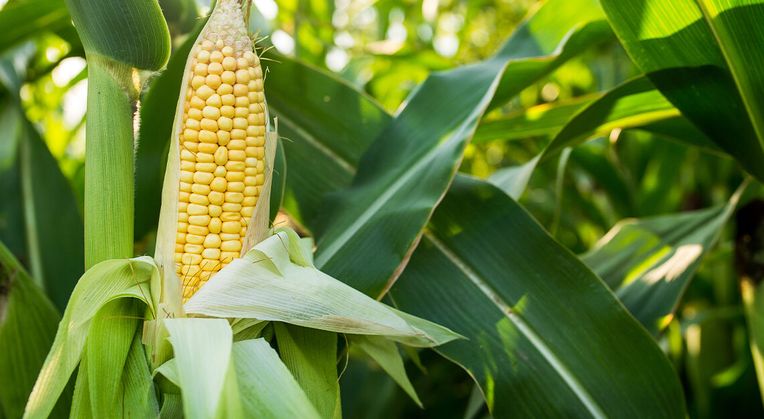Brazil: phytosanitary agreement with China does not guarantee export flow of corn

The major relevant factor in the corn market for the second half of the year, without a doubt, is the evolution of the US crop. With the planting about to end in the first week of June, crop pollination must be concentrated in the second half of July. This is the key point for the market, that is, a troubled US crop could generate an even more tense environment in the international scenario. Before that, we have the report of planted area on June 30 and also the configuration of exports until the end of this business year in the United States, which are accumulated below the forecast for 2022.
Now, without the Ukraine option, China accepts to improve the phytosanitary agreement with Brazil and makes importation from this origin more viable, inhibiting contract cancellations due to the absence of clearer rules. This is basically what was made possible last week between the two governments, but there is no commitment of volumes to be imported nor any date to start. As we have pointed out in our newsletters, with low stocks in the United States and without a viable Ukraine, Brazil is the great Chinese alternative for corn purchases should they be needed. Now, it is a market matter, but this movement cannot be expected in the short term as China is supplied until its crop next November.
The economic picture seems to have offered a short-term point of tranquility to markets. Last week, the Fed’s minutes pointed out that the concerns remain the same and that the institution will continue working to bring inflation to the target, without neglecting the economic environment, that is, growth. However, it indicated that some segments are already being affected, such as the mortgagees, where interest rates have risen reasonably and are impacting the pace of new constructions. Therefore, it is clear that the high in the prime interest rate in June will be 0.5%, taking it to 1.5% a year. The highs in the following meetings continue with percentages in line with economic indicators.
Signs that Europe will also raise interest rates in the second half of the year and with China cutting interest rates seem to have eased the dollar’s appreciation curve for the second half of the year. Interests on US bonds eased, and the dollar dropped after setting a 20-year high. After reaching almost 105 points in the index, it went back to less than 102 over the week.
This external turnaround, albeit in the short-term, helped to stop a growing devaluation of the real. With the dollar falling abroad and with interest rates in Brazil still very competitive at world level, capital inflows have returned, and the real dropped last week. The dollar closed the week at BRL 4.73, with support now at BRL 4.70.
Undoubtedly, all the worrying variables for the exchange rate remain present and will change more clearly when the Brazilian interest rate curve is no longer so competitive for attracting foreign capital, or the election shows an unfavorable trajectory for the country’s progress from the second half of the year. The war and the global political game continue to be indicators that give rise to strong volatility and a lack of economic direction ahead.
Read also
Wheat in Southern Brazil Impacted by Dry Weather and Frosts
Oilseed Industry. Leaders and Strategies in the Times of a Great Change
Black Sea & Danube Region: Oilseed and Vegoil Markets Within Ongoing Transfor...
Serbia. The drought will cause extremely high losses for farmers this year
2023/24 Safrinha Corn in Brazil 91% Harvested
Write to us
Our manager will contact you soon



